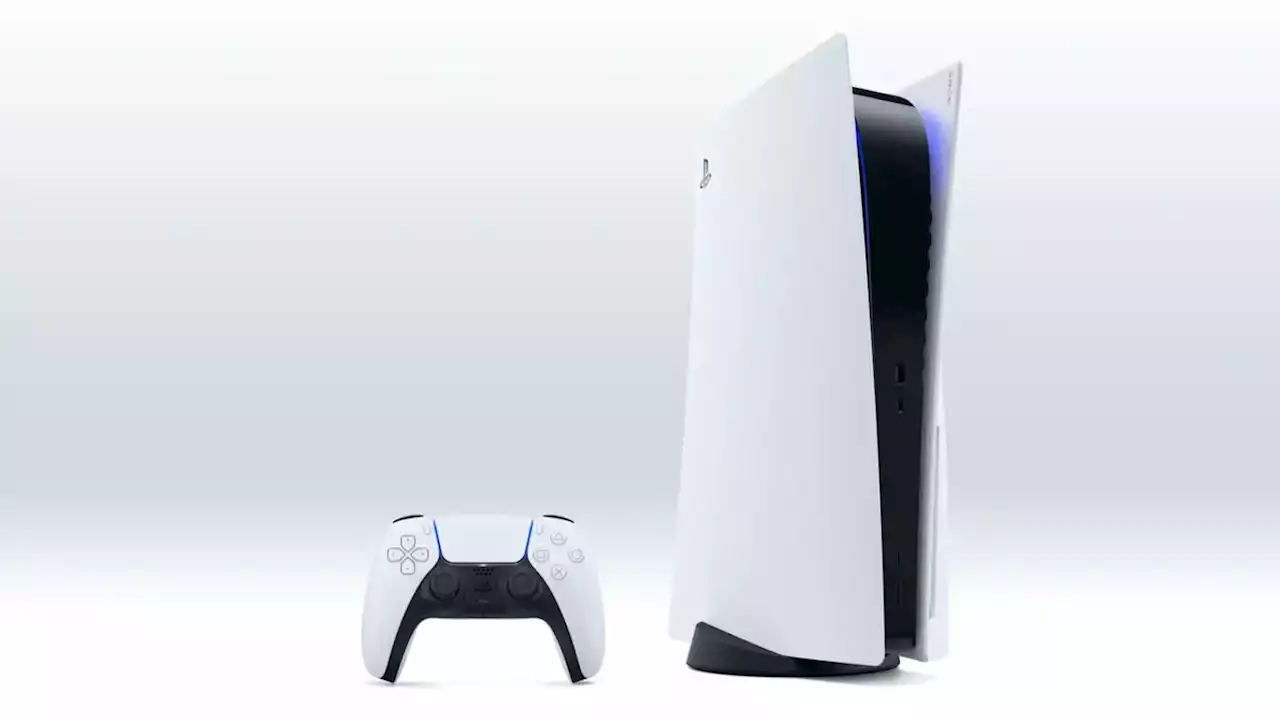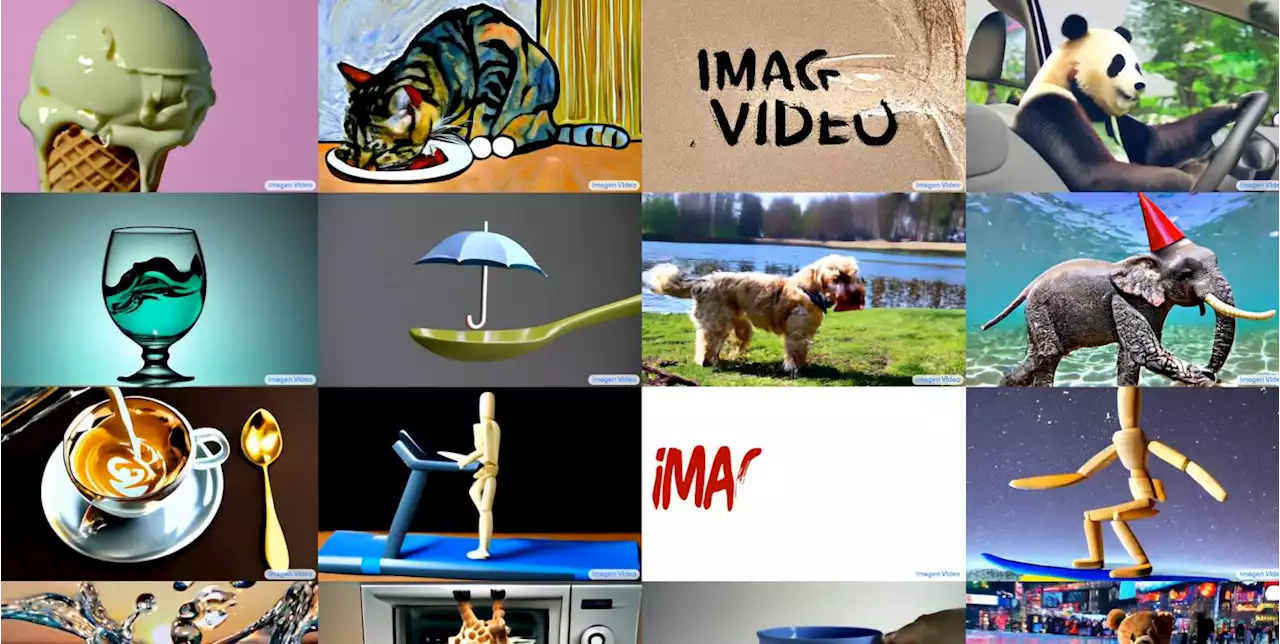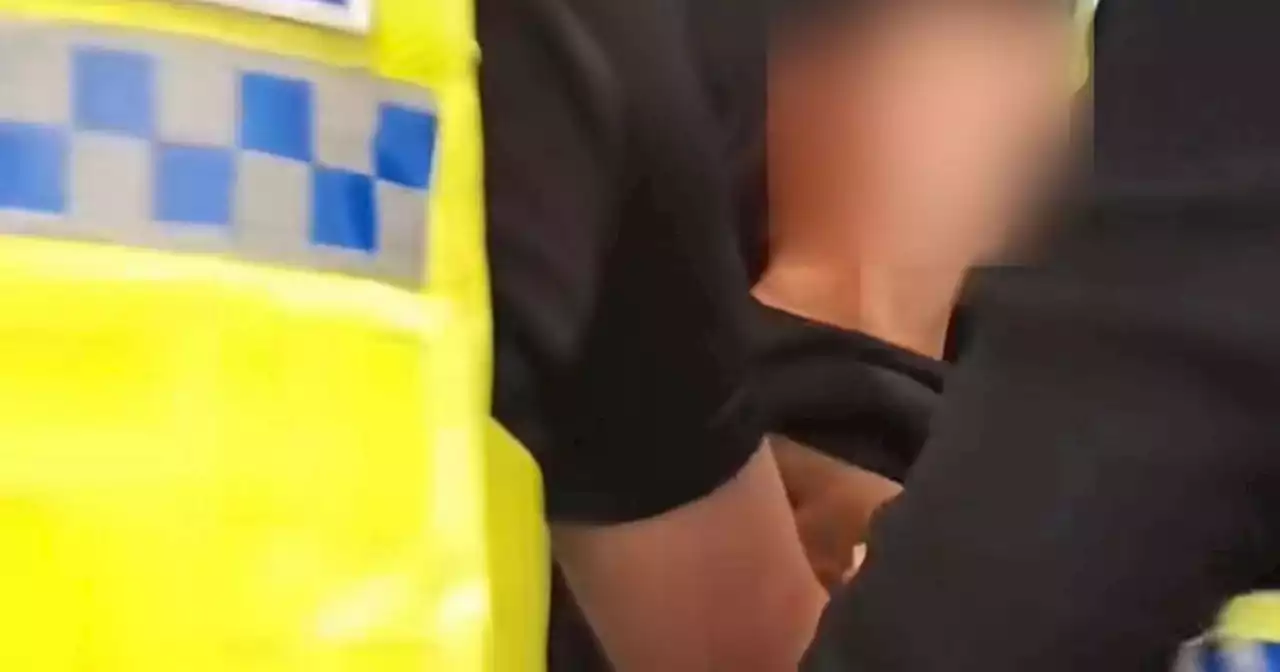Video footage sparked controversy after a teen was seen being 'dragged' out of her home by seven police officers
Police have confirmed they will be taking "no further action" after a teen girl was dragged from a house and arrested for an alleged hate crime.
At 12.12am on Monday, August 7, police say they had calls from a family member of a 16-year-old girl who was reportedly intoxicated and putting herself at risk in Leeds city centre. Officers intended to drop her home, but were faced with verbal abuse, West Yorkshire Police claim. The teen hid in a stairwell and refused to come out as her mum shouted "don't touch her she has autism".
The teen was dragged away by seven officers, kicking and screaming, in the early hours of Monday morning over the homophobic public order offence. The girl's mum made allegations that police officers were being 'too forceful' with her daughter, who she'd warned has "severe scoliosis". "This concludes the criminal investigation and immediately releases the girl from her bail. Her family has been updated. West Yorkshire Police’s Professional Standards Directorate is continuing to carry out a review of the circumstances after receiving a complaint in relation to the incident."
United Kingdom Latest News, United Kingdom Headlines
Similar News:You can also read news stories similar to this one that we have collected from other news sources.
 Study finds around 87 percent of games are unplayable without resorting to piracy, scavenger hunts, or travelling to an archiveThe study by the Video Game History Foundation is a major step towards video game preservation.
Study finds around 87 percent of games are unplayable without resorting to piracy, scavenger hunts, or travelling to an archiveThe study by the Video Game History Foundation is a major step towards video game preservation.
Read more »
 PS5 and Hogwarts Legacy helped UK Q1 game and console sales rise year-on-year | VGCThe release of Hogwarts Legacy and increased PS5 availability helped ensure that UK game and console sales in Q1 2023 were up compared to the same period last year.
PS5 and Hogwarts Legacy helped UK Q1 game and console sales rise year-on-year | VGCThe release of Hogwarts Legacy and increased PS5 availability helped ensure that UK game and console sales in Q1 2023 were up compared to the same period last year.
Read more »
 Video of helicopter crashing ‘in Ukraine’ is actually from a video game - Full FactHow do you tell a video of a warzone is actually from a video game? Unrealistically blurry footage, inconsistent with the high definition video modern phones can take, shaky footage, and no people are often clues a video needs more investigation.
Video of helicopter crashing ‘in Ukraine’ is actually from a video game - Full FactHow do you tell a video of a warzone is actually from a video game? Unrealistically blurry footage, inconsistent with the high definition video modern phones can take, shaky footage, and no people are often clues a video needs more investigation.
Read more »
 Google teases its own AI text-to-video model: Imagen VideoBrace yourself for a weird future where everything is imagined by magic sand we taught how to think
Google teases its own AI text-to-video model: Imagen VideoBrace yourself for a weird future where everything is imagined by magic sand we taught how to think
Read more »
 YouTube testing new double-speed video playback control for more video in less timeHands-on: macOS 14 Sonoma beta is packed with minor yet worthwhile updates
YouTube testing new double-speed video playback control for more video in less timeHands-on: macOS 14 Sonoma beta is packed with minor yet worthwhile updates
Read more »
 Application of Artificial Intelligence to the Monitoring of Medication Adherence for Tuberculosis Treatment in Africa: Algorithm Development and ValidationBackground: Artificial intelligence (AI) applications based on advanced deep learning methods in image recognition tasks can increase efficiency in the monitoring of medication adherence through automation. AI has sparsely been evaluated for the monitoring of medication adherence in clinical settings. However, AI has the potential to transform the way health care is delivered even in limited-resource settings such as Africa. Objective: We aimed to pilot the development of a deep learning model for simple binary classification and confirmation of proper medication adherence to enhance efficiency in the use of video monitoring of patients in tuberculosis treatment. Methods: We used a secondary data set of 861 video images of medication intake that were collected from consenting adult patients with tuberculosis in an institutional review board–approved study evaluating video-observed therapy in Uganda. The video images were processed through a series of steps to prepare them for use in a training model. First, we annotated videos using a specific protocol to eliminate those with poor quality. After the initial annotation step, 497 videos had sufficient quality for training the models. Among them, 405 were positive samples, whereas 92 were negative samples. With some preprocessing techniques, we obtained 160 frames with a size of 224 × 224 in each video. We used a deep learning framework that leveraged 4 convolutional neural networks models to extract visual features from the video frames and automatically perform binary classification of adherence or nonadherence. We evaluated the diagnostic properties of the different models using sensitivity, specificity, F1-score, and precision. The area under the curve (AUC) was used to assess the discriminative performance and the speed per video review as a metric for model efficiency. We conducted a 5-fold internal cross-validation to determine the diagnostic and discriminative performance of the models. We did not conduct exter
Application of Artificial Intelligence to the Monitoring of Medication Adherence for Tuberculosis Treatment in Africa: Algorithm Development and ValidationBackground: Artificial intelligence (AI) applications based on advanced deep learning methods in image recognition tasks can increase efficiency in the monitoring of medication adherence through automation. AI has sparsely been evaluated for the monitoring of medication adherence in clinical settings. However, AI has the potential to transform the way health care is delivered even in limited-resource settings such as Africa. Objective: We aimed to pilot the development of a deep learning model for simple binary classification and confirmation of proper medication adherence to enhance efficiency in the use of video monitoring of patients in tuberculosis treatment. Methods: We used a secondary data set of 861 video images of medication intake that were collected from consenting adult patients with tuberculosis in an institutional review board–approved study evaluating video-observed therapy in Uganda. The video images were processed through a series of steps to prepare them for use in a training model. First, we annotated videos using a specific protocol to eliminate those with poor quality. After the initial annotation step, 497 videos had sufficient quality for training the models. Among them, 405 were positive samples, whereas 92 were negative samples. With some preprocessing techniques, we obtained 160 frames with a size of 224 × 224 in each video. We used a deep learning framework that leveraged 4 convolutional neural networks models to extract visual features from the video frames and automatically perform binary classification of adherence or nonadherence. We evaluated the diagnostic properties of the different models using sensitivity, specificity, F1-score, and precision. The area under the curve (AUC) was used to assess the discriminative performance and the speed per video review as a metric for model efficiency. We conducted a 5-fold internal cross-validation to determine the diagnostic and discriminative performance of the models. We did not conduct exter
Read more »
